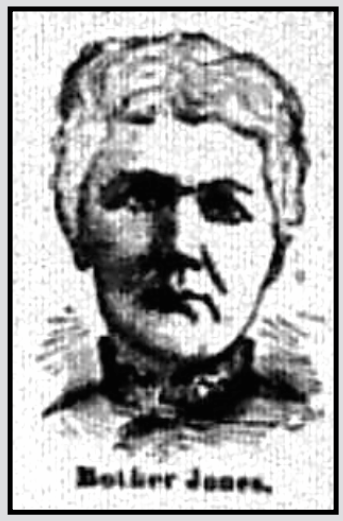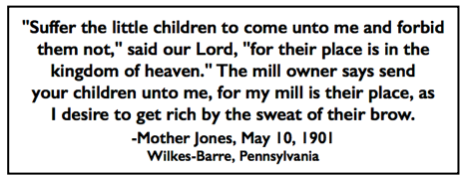 —————
—————
Hellraisers Journal – Thursday June 25, 1903
Philadelphia, Pennsylvania – Mother Jones Speaks to Textile Strikers at Central Park
From The Philadelphia Inquirer of June 23, 1903:
The opening of the fourth week of the big textile strike yesterday found no change in the conditions that have prevailed since June 1. From all sections of the city it was reported that the workers are still out in force, and there is every reason to believe that their ranks will remain unbroken until ordered back to the mills by the strike leaders.
The idle mill hands journeyed from all parts of the city yesterday to attend the all-day picnic and demonstration at Central Park, Fifth and Wyoming streets. More than a thousand of the strikers met at the headquarters of the executive committee, Kensington avenue and street, shortly after 9 o’clock in the morning and paraded to the picnic grounds. They carried banners and American flags, and as they marched up Fifth street to the park their ranks were almost doubled by the strikers dropping in line at various points. More than 5000 of the idle workers reached the park by noon, and when the mass meeting was opened in the afternoon it was difficult for all present to hear the speakers.
Mother Jones Gave Surprise
Thomas Fleming, chairman of the executive committee, was the first speaker, and announced that Mother Jones would not be present, as she had not yet returned from the coal regions. When the picturesque leader appeared at the park a few minutes later, however, she was given an ovation greater than any she has yet received since her arrival in the city.
The picnic lasted all day and the various unions played match base ball games. In addition to Mother Jones addresses were also made by F. Devlin, president of the Burlers and Menders’ Union, and D. L. Mulford.
The continuance of the strike has brought many Kensington families face to face with poverty and starvation. Although the unions are looking after their members many of the strikers are poorly organized and are dependent upon Ways and Means Committee of the Central Textile Union for support. The latter is greatly in need of funds, and the following appeal was issued yesterday:
The Ways and Means Committee, which is providing relief for the textile strikers who are in need, has had collectors in the field for more than a week, and although the response has been generous, still the amount of money received has barely exceeded the applications sent in. Therefore the Ways And Means Committee has decided to make a general appeal to the public of Philadelphia and vicinity.
There are upwards of 80,000 wage earners now idle in this city. A large proportion of these people are well organized and the various unions are taking care of them. But there are also a great number who have been recently organized and who have no funds in their treasuries, consequently they are unable to make any provision for their members. The various branches of the industry in which these recently organized people are employed are dependent upon the older organized branches, therefore when they stopped work the entire trade was at a standstill. Donations of any kind, either money, groceries or provisions, will be gratefully received by the Ways and Means Committee at the northeast corner of Third and Somerset streets.
JOHN J. PALMER,
Secretary and Treasurer.

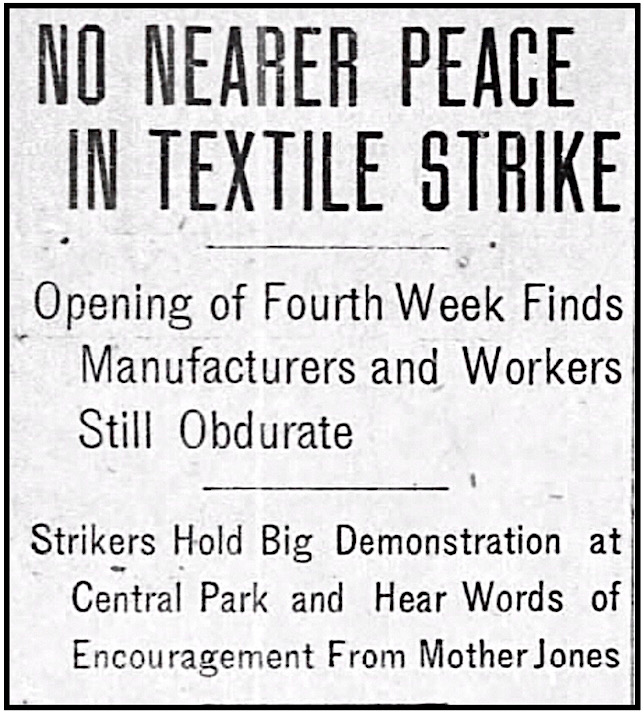
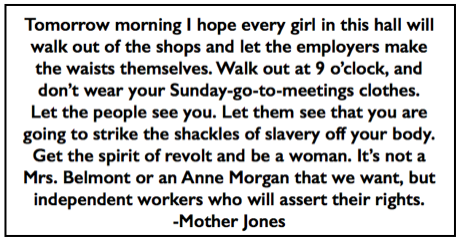 —————
—————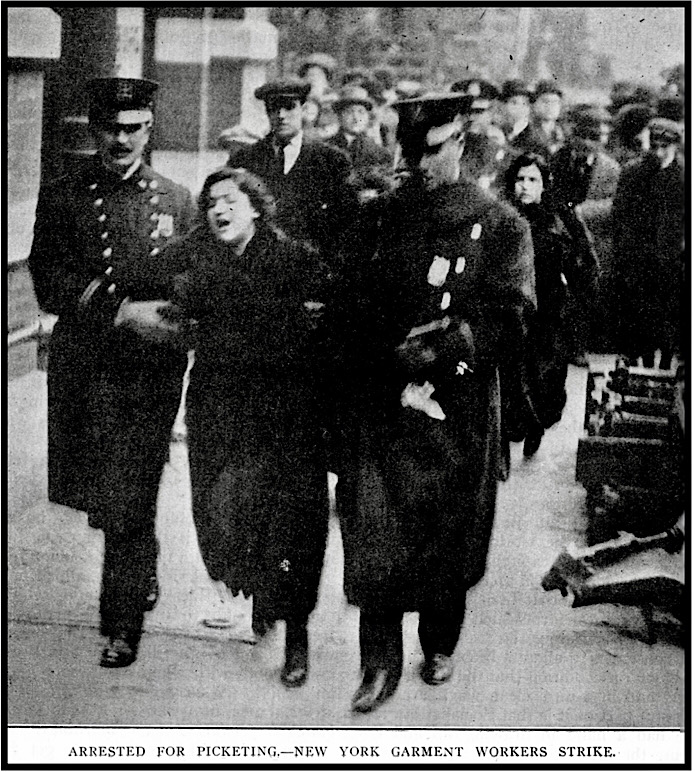
 —————
—————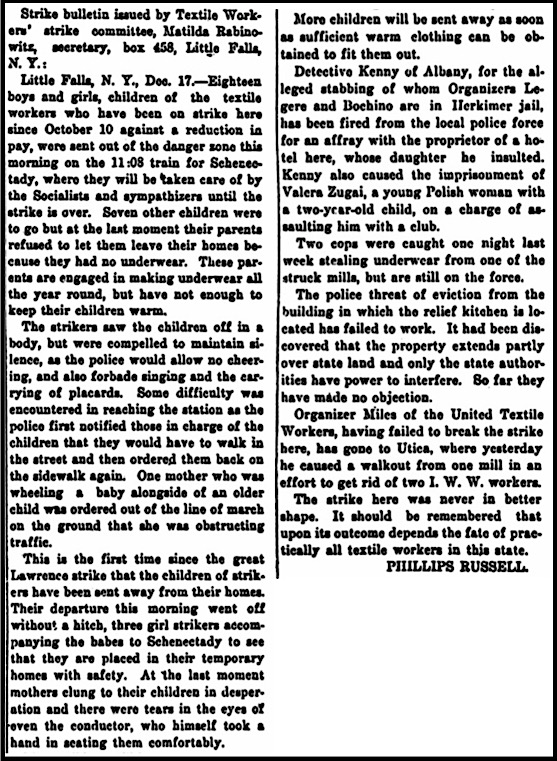
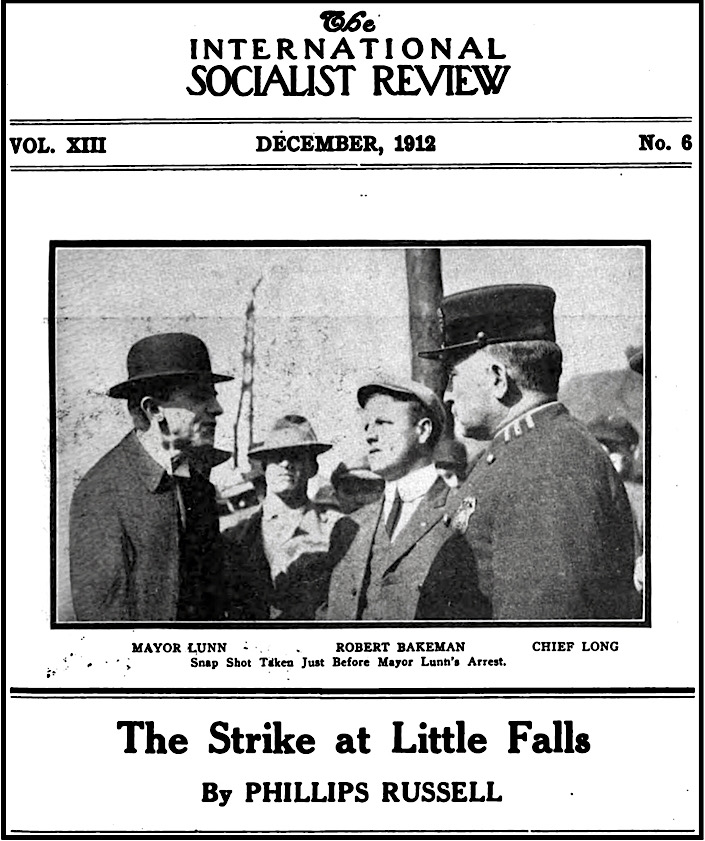
 —————
—————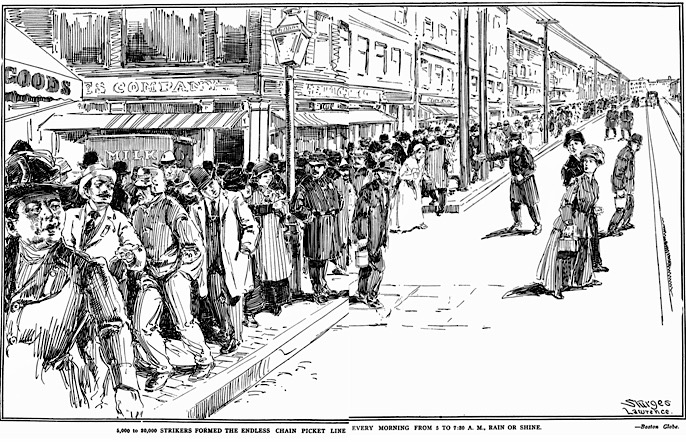
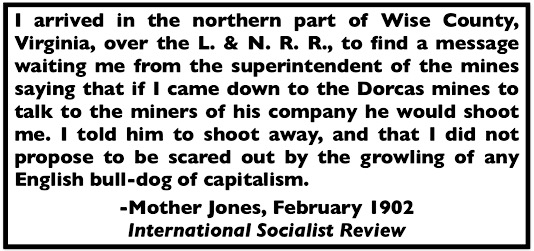 —————
—————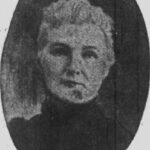
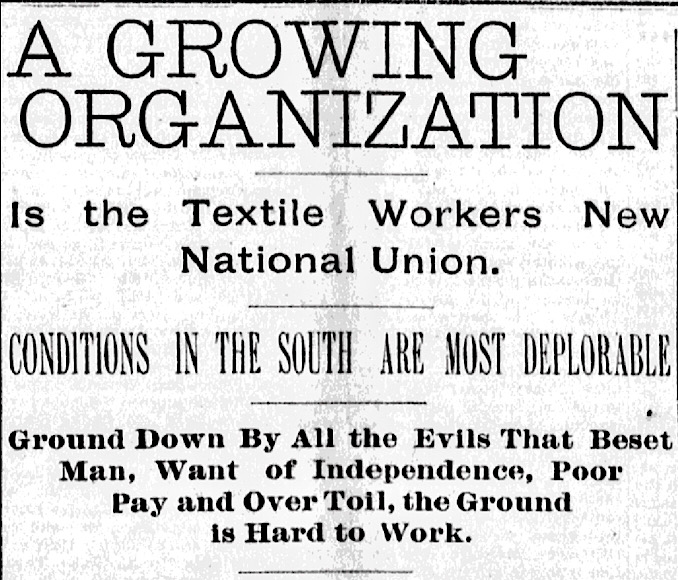

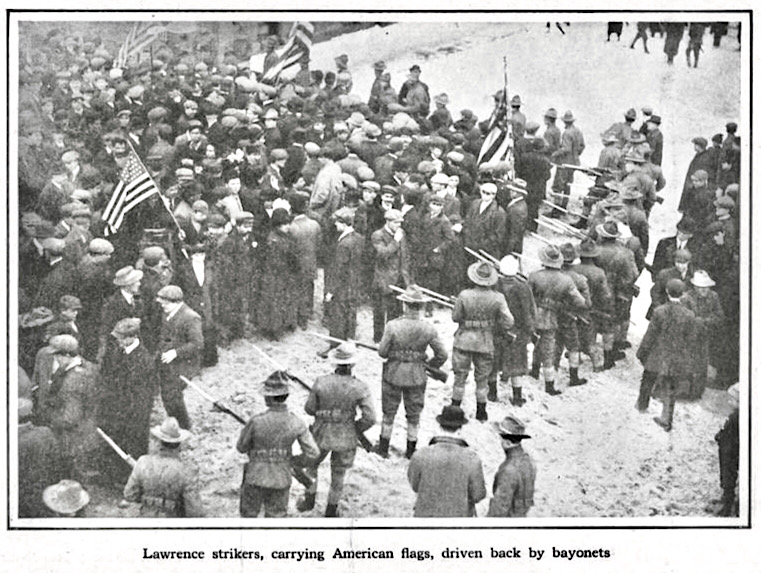
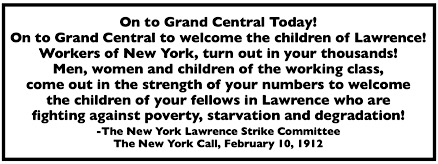 —————
—————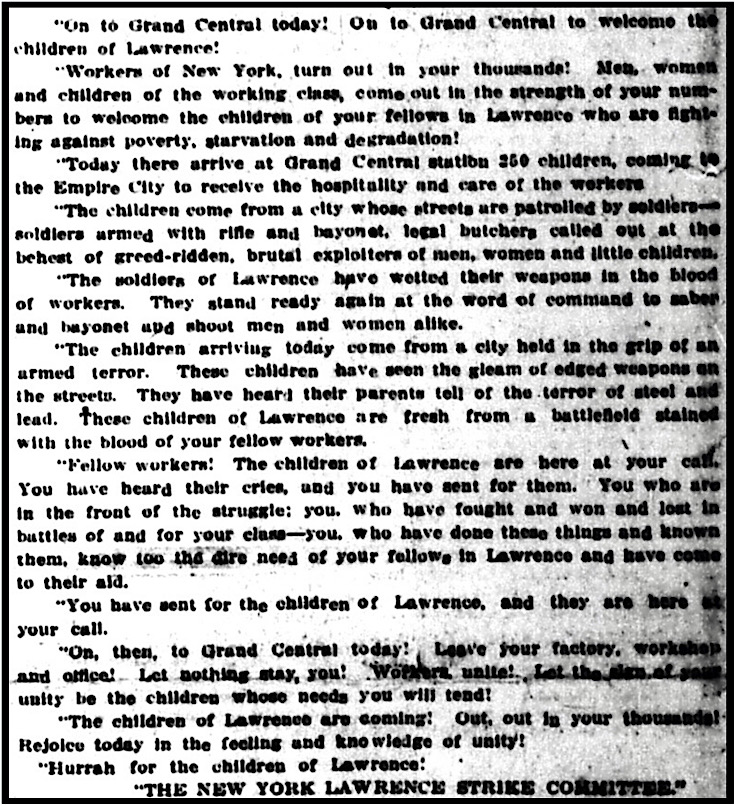
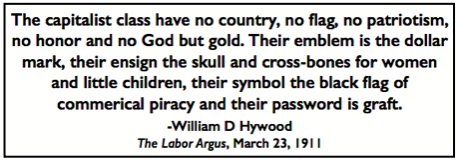 —————
—————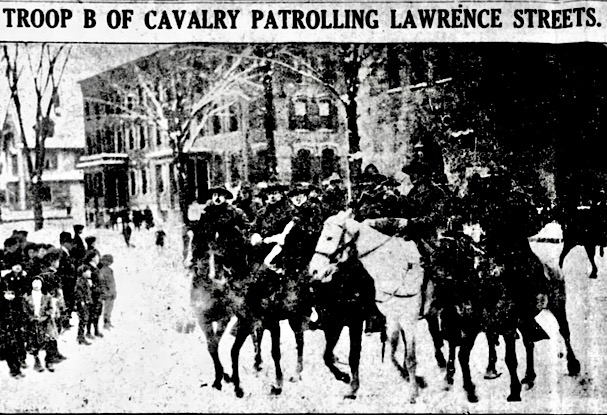
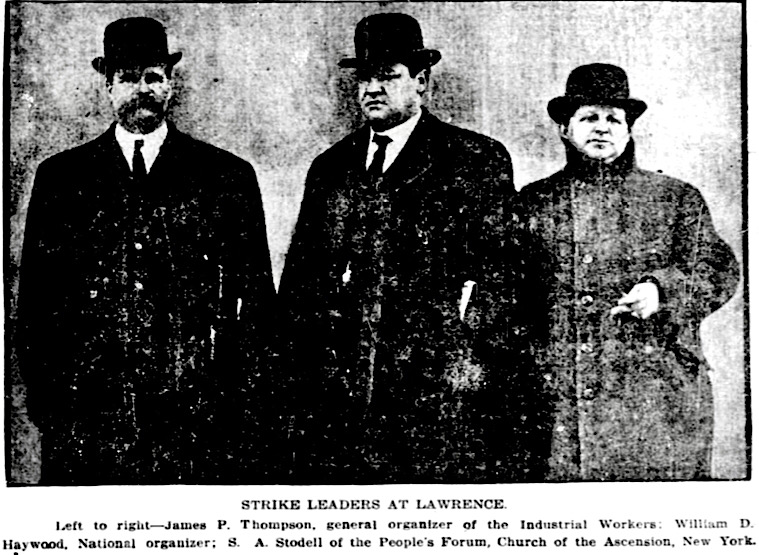
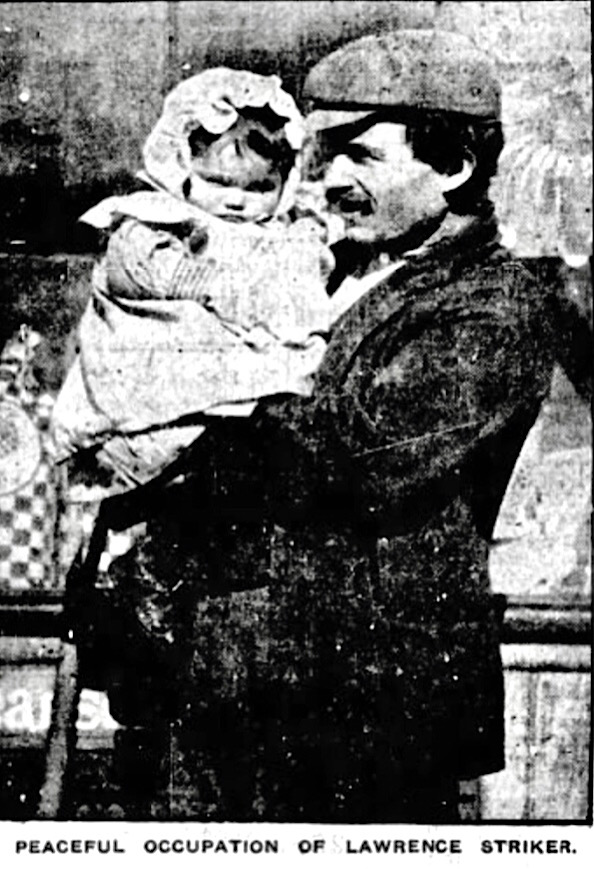
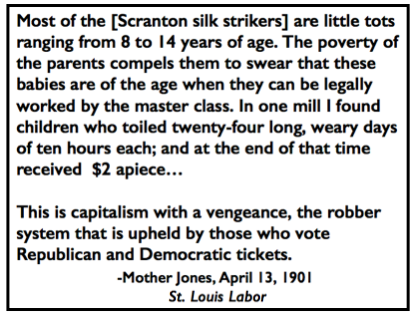 —————
—————